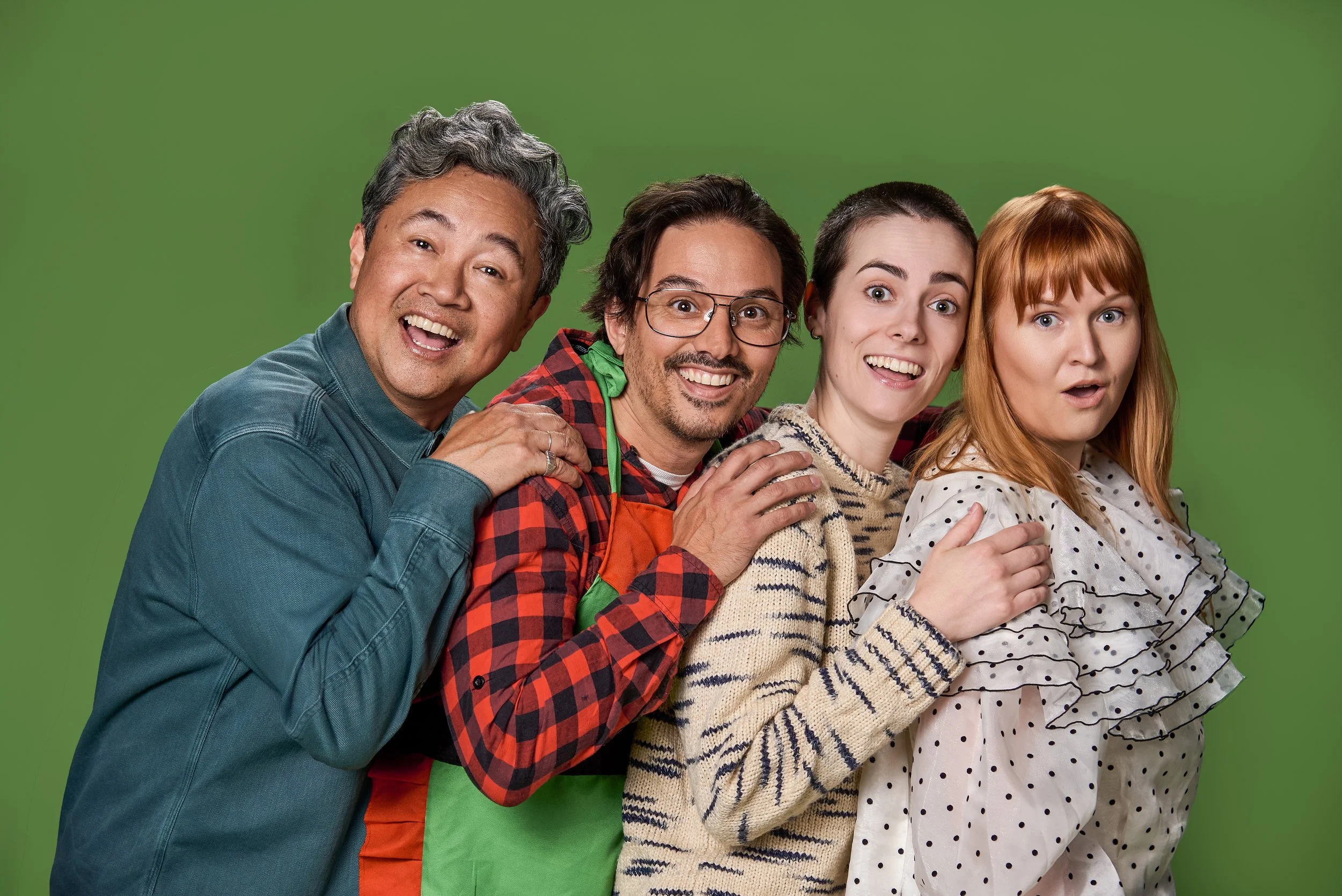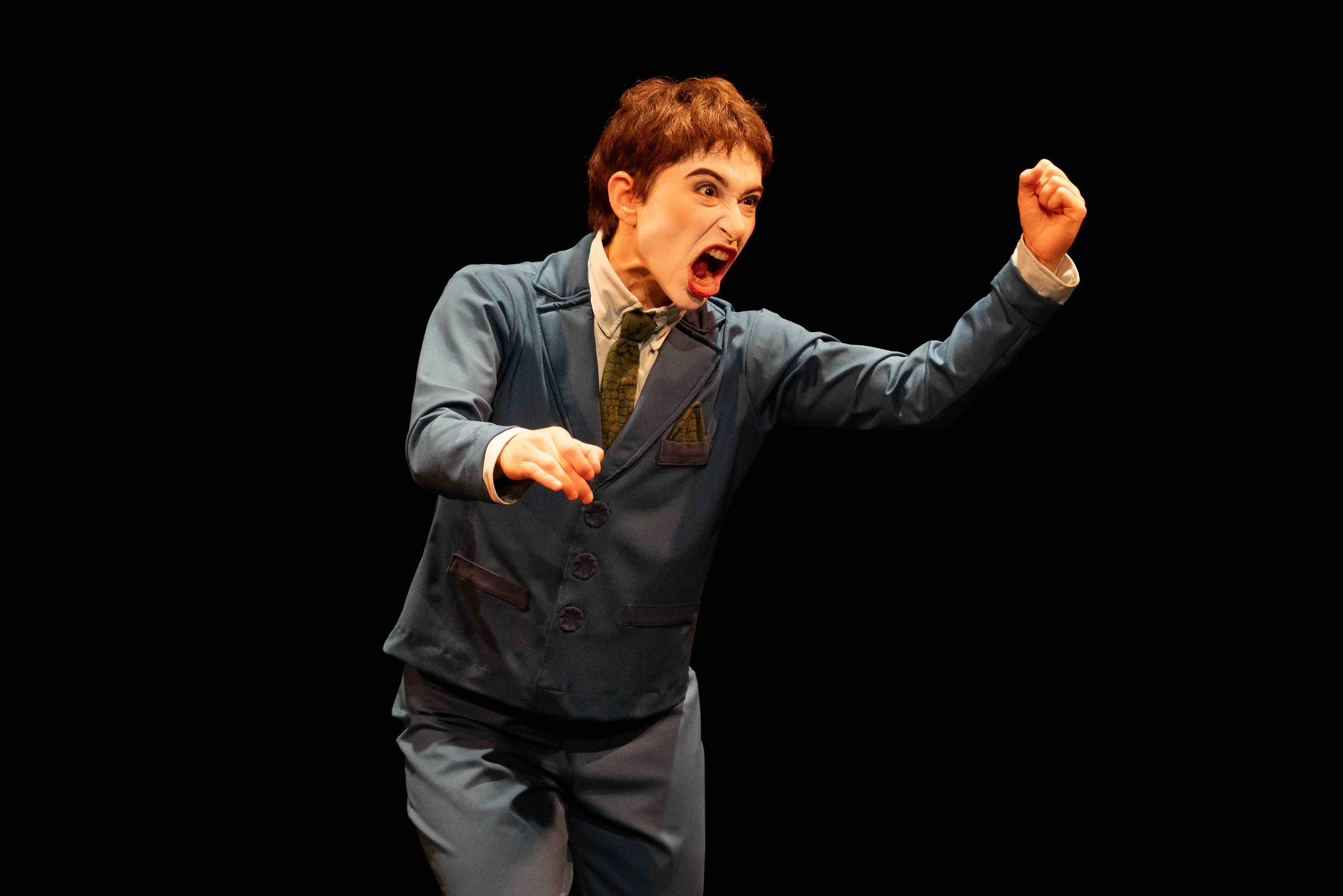Theatre review: we the same humanizes the refugee experience
A mom tells her daughter about their family’s escape from Vietnam some 30 years later in the play inspired by a true story
Elizabeth Thai as Hà in we the same. Photo by Emily Cooper
The Cultch and Ruby Slippers Theatre present we the same, streaming live from the Historic Theatre to November 7.
We the same is inspired by the remarkable true story of a family of Vietnamese refugees who arrived in B.C. in 1980, five years after the fall of Saigon. The play is awe-inspiring and will be eye-opening to many, most certainly anyone who is unfamiliar with the kind of astonishingly difficult journey the Truongs endured.
Written by Sangeeta Wylie and directed by Diane Brown and assistant director Patricia Trinh, the livestream production follows a conversation between Hà (Elizabeth Thai)—who had six kids under age eight when she was separated from her husband during their death-defying escape by boat from their homeland—and one of her daughters, Mai (Grace Le), whose first memory of Canada was when she was hit by a car in Victoria at age five.
Now a mother herself, Mai is annoyed with her mom at the play’s outset; looking back on her growing up, she’s frustrated over her mom not asking how her day was when she came home from school, missing her high-school graduation, and hardly showing any affection. Mai knows little about her Vietnamese roots and even less about her family’s harrowing trek—and the reasons she has never heard their refugee story before.
Hunger, high seas, and violent encounters with pirates were just some of the physical dangers they survived. Hopelessness and helplessness wore them down even more. Then, eventually, there was the toll of daily life in a refugee camp, waiting for food, waiting for information, waiting to be accepted in a new country—just waiting.
The set is sparse in structure but the design team creates entire worlds against a curvy backdrop through shadows, shadow puppetry, projections, animation, and sound. As members of the nearly all-Vietnamese cast huddle on the stage floor and lurch from side to side as waves heave behind them, we can sense the storm that’s tossing them.
There are moments of serenity, such as when the actors perform a ritual dance in unison, while live accompaniment by composer Vi An Diep on Vietnamese dan tranh (a 17-string long-plucked zither instrument) adds a haunting beauty.
As Hà, Thai is the show’s standout. Convincing and compelling, she conveys toughness and vulnerability, whether through her facial expressions alone, her direct storytelling in a thick accent, or her believable regret and sorrow as Hà recounts her life’s greatest sacrifices and traumas.
We the same never sensationalizes the refugee experience but rather humanizes it.












